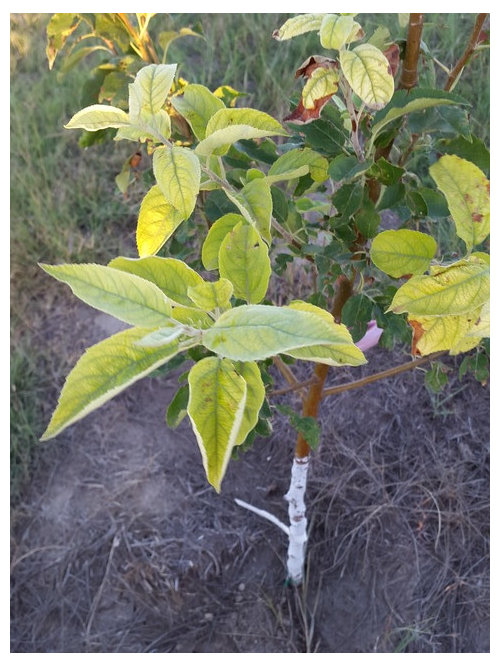Iron Deficency?
jagchaser
9 years ago
Related Stories

GARDENING GUIDESHow to Keep Your Citrus Trees Well Fed and Healthy
Ripe for some citrus fertilizer know-how? This mini guide will help your lemon, orange and grapefruit trees flourish
Full StoryWhat do you guys think this is? I have ph around 7.5 I think. Not all of my apples look like this, mostly the row lowest in elevation. I thought the soil would have been all the same, but I did not test.


ericwi
fruitnut Z7 4500ft SW TX
Related Professionals
Tempe Landscape Architects & Landscape Designers · Arnold Landscape Architects & Landscape Designers · Waunakee Landscape Architects & Landscape Designers · Pelham Landscape Contractors · Canby Landscape Contractors · Concord Landscape Contractors · Dedham Landscape Contractors · Fort Mill Landscape Contractors · Fort Worth Landscape Contractors · Gloucester Landscape Contractors · Mason Landscape Contractors · Medford Landscape Contractors · Muttontown Landscape Contractors · Natick Landscape Contractors · Sugar Hill Landscape ContractorsjagchaserOriginal Author
fruitnut Z7 4500ft SW TX
alan haigh
ericwi
jagchaserOriginal Author
ericwi
jagchaserOriginal Author
Michael